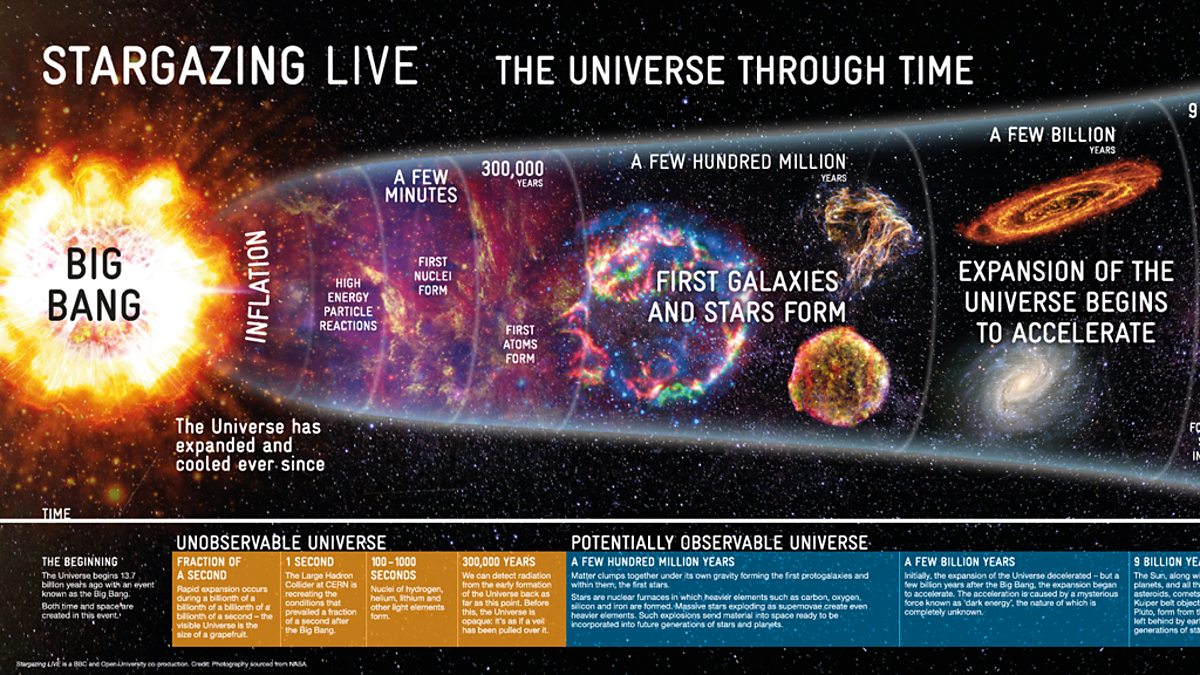The universe is not infinitely large the universe that we can see reaches out some 46 billion years

The Universe: Not Infinitely Large, but Vastly Expansive!

Have you ever looked up at the night sky and wondered about the size of the universe? The sheer vastness of space and the multitude of stars twinkling above us can leave us questioning the limits of our cosmic home. While the universe may appear infinite, the truth is a little more complex. According to scientists, the universe that we can see reaches out some 46 billion light-years.
To fully grasp the marvels of our universe, we must dive into the realms of physics and astronomy. By examining the movements of celestial bodies, the expansion of space, and the concept of light-years, we can begin to unravel the mysteries of our cosmic neighborhood.
But before we delve into the intricacies of the universe’s size, let us first understand what we mean by the term “light-year.” A light-year, often confused with a unit of time, is actually a measure of distance. It represents the distance that light travels in a vacuum over the course of one year. As light travels at an astonishing speed of approximately 299,792,458 meters per second, it can cover quite a distance in a year. To put it into perspective, light can travel around the Earth approximately 7.5 times in just one second!

Now, let’s turn our attention to the size of the observable universe, often called the “known universe.” The observable universe refers to the portion of the cosmos that is accessible to our telescopes and instruments, allowing us to observe galaxies, stars, and other celestial wonders. Scientists estimate that the radius of the observable universe is around 46 billion light-years. This means that the farthest objects we can see are located about 46 billion light-years away from us.
Confused yet? Don’t worry; the expansion of space is here to add another layer of complexity. The universe is not static but rather constantly growing. Our understanding of this expansion comes from the observations of distant galaxies moving away from us. The further away a galaxy is, the faster it appears to be receding from us due to the expansion of space itself. This phenomenon, known as the Hubble-Lemaître Law, is a crucial piece of evidence supporting the Big Bang theory.
With the concept of cosmic expansion in mind, it’s essential to note that the 46 billion light-year figure refers to the size of the universe as we observe it today. Since light takes time to travel, the light from objects that are now 46 billion light-years away took 46 billion years to reach us. This means that we are observing these cosmic structures as they were when the universe was just a fraction of its current age. The actual size of the entire universe, including regions beyond our observational reach, remains a tantalizing mystery.
In conclusion, while the universe is not infinitely large, it is undeniably vast and filled with wonders beyond our imagination. The 46 billion light-year radius of the observable universe paints a picture of a cosmos teeming with galaxies, stars, and planets waiting to be explored. However, beyond this observable horizon, lies an elusive realm that might forever remain beyond our grasp. So let us continue to marvel at the beauty of the universe we can see, while staying curious about the secrets that lie beyond.
Sources:
Tags
Share
Related Posts
Quick Links
Legal Stuff

